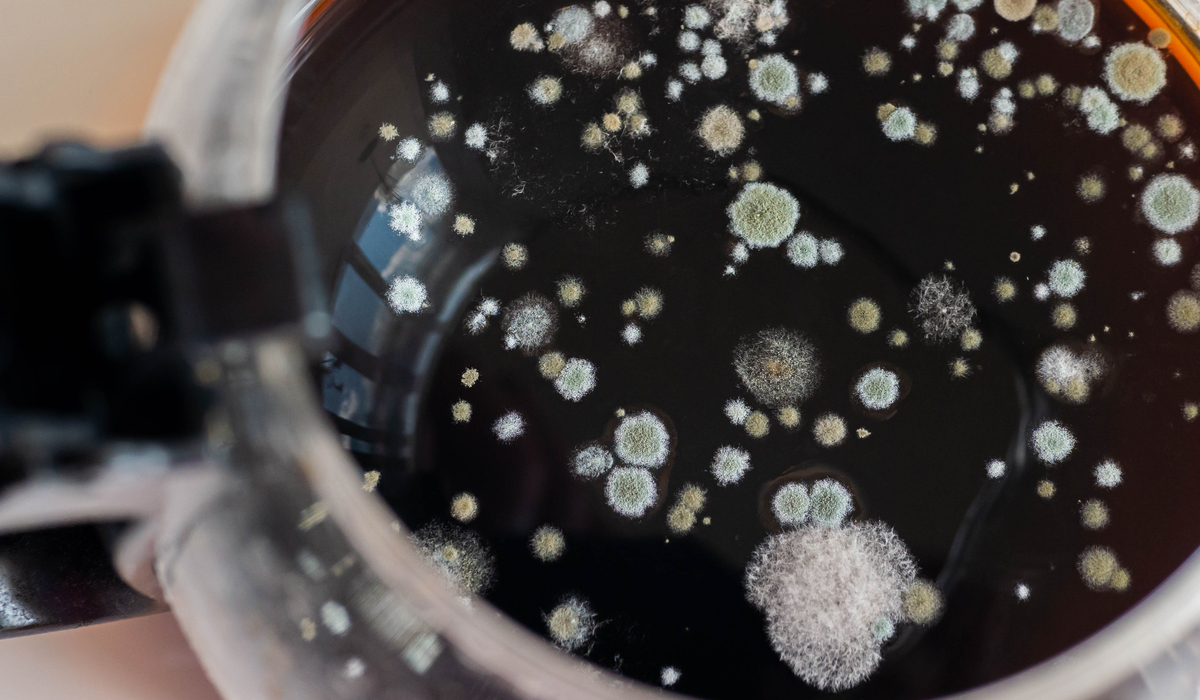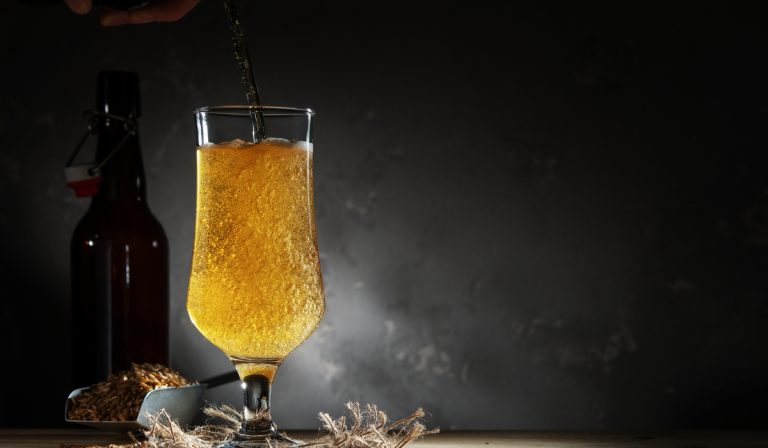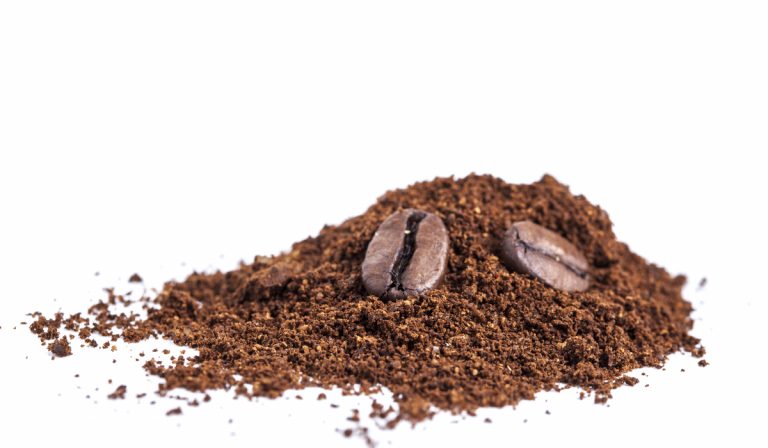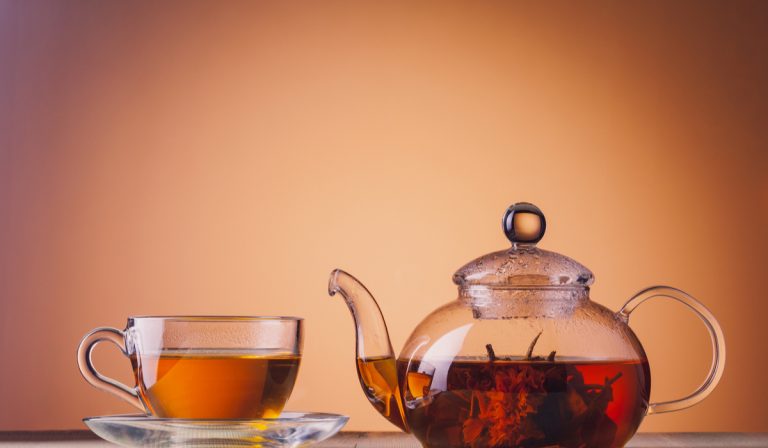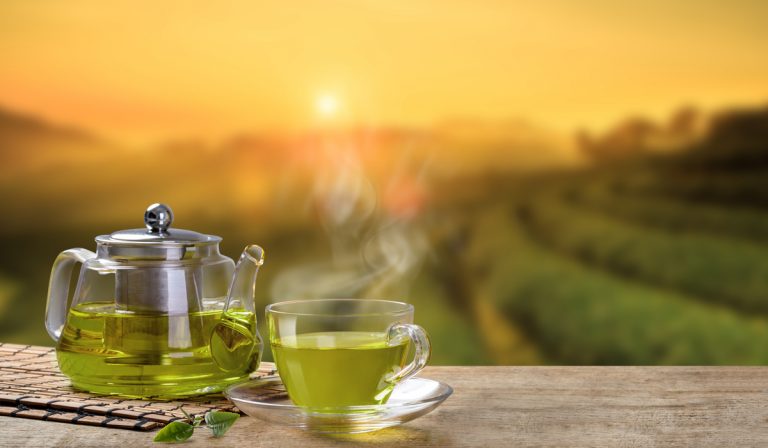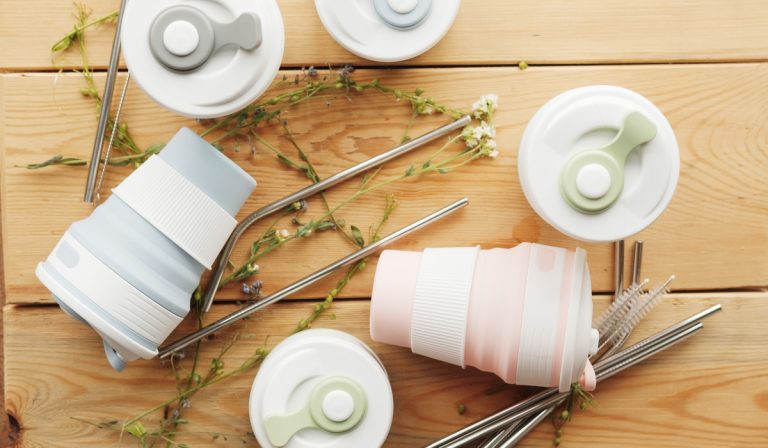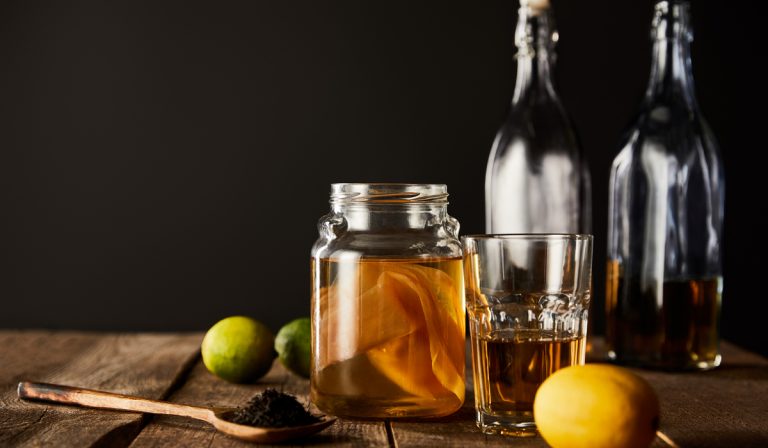Can Brewed Tea Get Moldy? (Causes and Prevention!)
Do you love tea? Drinking tea is wonderful as you have many varieties to choose from. If you are a tea lover, you may be tempted to brew a large quantity of tea and store some for future use. But is brewing tea in large batches a good idea?
Can brewed tea get moldy or go bad? Should you store tea? Continue reading to find out.
Brewed tea can get moldy as it is organic and nutritious. Brewed tea can turn bad for reasons such as improper storage and the presence of fungi. If you must store your brewed tea for future consumption, you need to keep it properly.
How can you store tea to prevent it from getting moldy? Can you drink moldy tea? Continue reading.
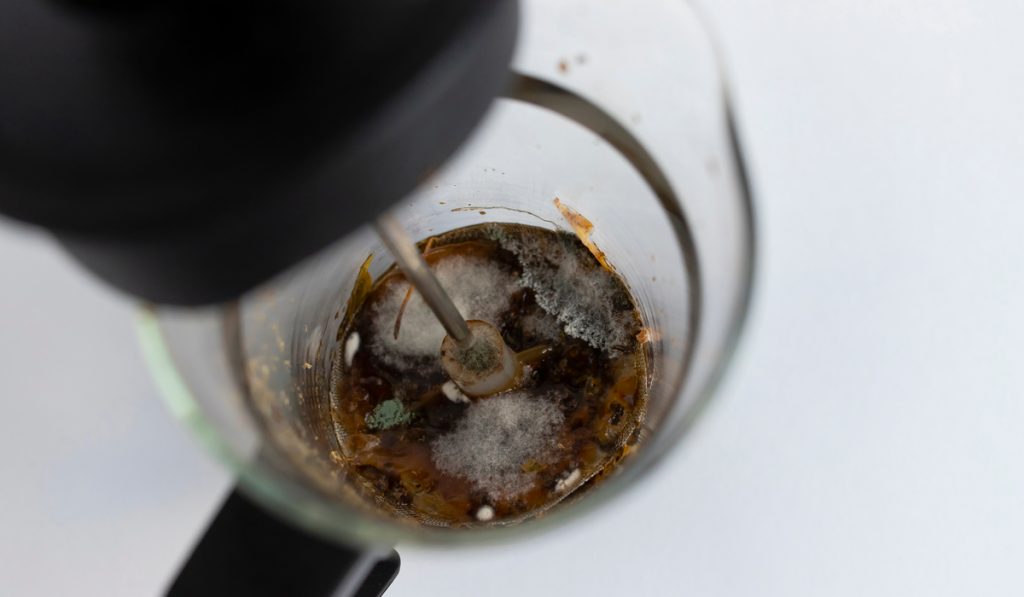
Table of Contents
Can Brewed Tea Get Moldy?
Brewed tea can become moldy. Anything organic and rich in nutrients can become moldy. Mold indicates fungi growing on your consumables. These fungi grow in and change the composition of your brewed tea. Let us learn everything we need to know about brewed tea and mold.
How to Tell When There is Mold in Your Tea
Here are some ways to examine your tea to see if is it going bad or moldy:
- Visible Mold on the Tea Surface: You should see some white, ashen, or yellow mold growing on the surface of your tea. Mold on your tea signifies the presence of decomposing fungi. These microbes actively change the composition of your tea, leading to other changes in taste and quality.
- Color Change: If, after storing your brewed tea, you find out that it has some color changes, you should not consume it because you may not have kept it properly, and mold has begun to take hold. It is better to brew a new tea than to drink an old one with a change of color.
- Presence of Unusual Bubbles on the Tea Surface: Since tea is organic and richly nutritious, microbes will act on it. The activities of these microbes can produce carbon dioxide (if the microbes are fungi) or methane (if the microbes are anaerobic bacteria). The production of these gases can lead to bubbles on your tea surface.
- Foul Smell: When your brewed tea turns bad, it will develop a foul smell. Anaerobic bacteria are responsible for this smell as they produce toxic gases while acting on the nutrients of your tea.
Now that you know how to identify moldy tea, let us discuss why brewed tea can get mold.
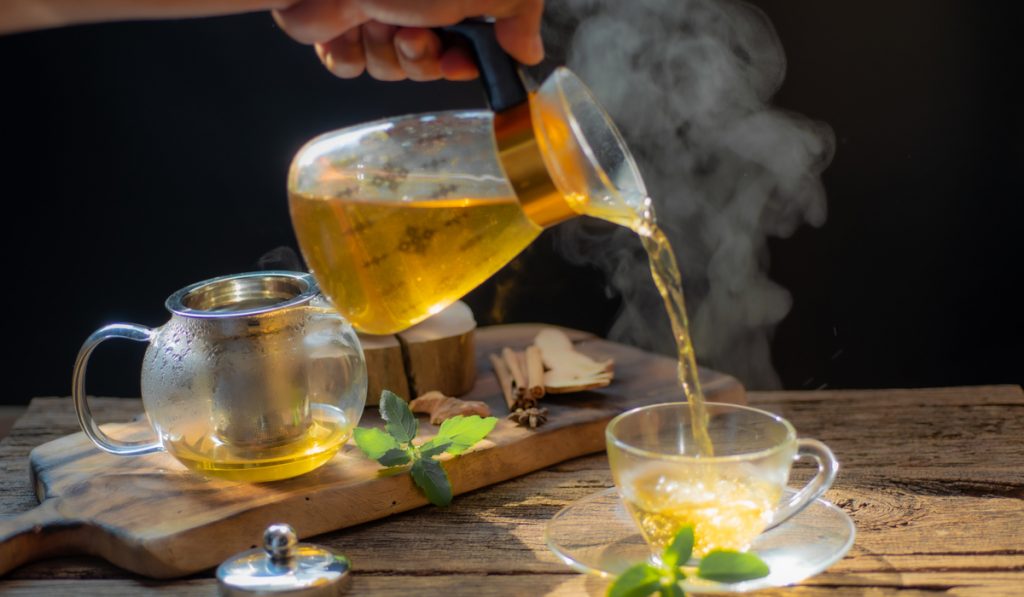
What Causes Mold in Brewed Tea?
Here are some reasons why brewed tea can go bad:
1. Moldy Tea Bags or Leaves
For how long have you kept your leaves or tea bag? If you notice mold growing on your tea, you should not brew it. Tea that is not well-prepared can carry fungi spores. These spores grow into decomposing fungi in favorable conditions, such as in an organic and nutrient-rich medium like your brewed tea.
The number one cause of mold on brewed tea is internal – spores already present on your tea leaves.
2. Using Bad Water
If you use contaminated water to brew your tea, it will get mold. Make sure that the water boils. If you do not want to use boiling water, wait until it is cooled after boiling to the right temperature before you use it.
3. Your Tea Is Nutrient-Rich
Fungi and microbes cannot grow in/on a medium that is not nutrient-rich. They need organic matter (nutrients) to develop and produce spores and mold. This means that mold growing quickly on your brewed tea signifies that it is very nutritious.
A fun experiment to try is to expose different brewed teas, each with a different concentration of tea leaves (i.e., use one tea bag in one, two tea bags in another, and so on), in separate cups and a glass of water. You should notice that the cup with the highest concentration of tea will get mold first, while the glass of water may not develop mold at all.
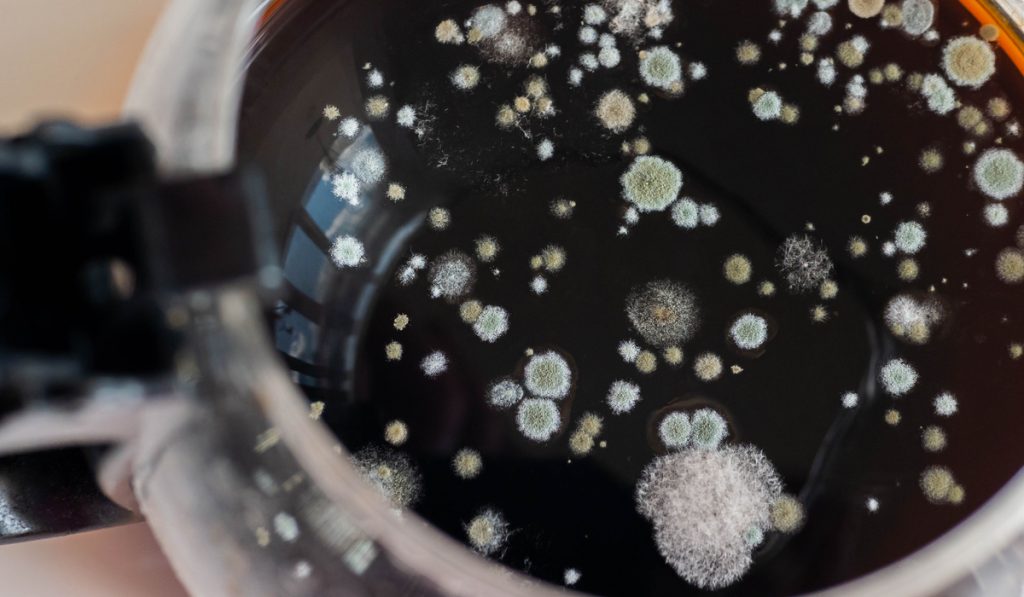
4. Exposure to Wind
While we all love a mild breeze as it is sweet to feel, you need to remember that the wind carries spores of bacteria, fungi, and other microbes. This means that if you keep your brewed tea in a location exposed to wind, it can get mold quickly.
Do not forget your brewed tea close to an open window, and do not leave it outside for long. You should not expose your brewed tea to the wind.
5. Not Keeping Your Teabags Properly
If you do not properly store your tea bags, they can develop mold, and you may not know. Keeping your teabags in a place with high humidity encourages the growth of fungi in your tea leaves. You should also keep it out of the wind and too much sunlight as these can either promote the growth of mold or change the chemical composition of your leaves.
Keep your tea bags in a cool and dry place.
Now you know several causes of mold on brewed tea, right? Continue reading to find out how to prevent your leaves from getting mold.
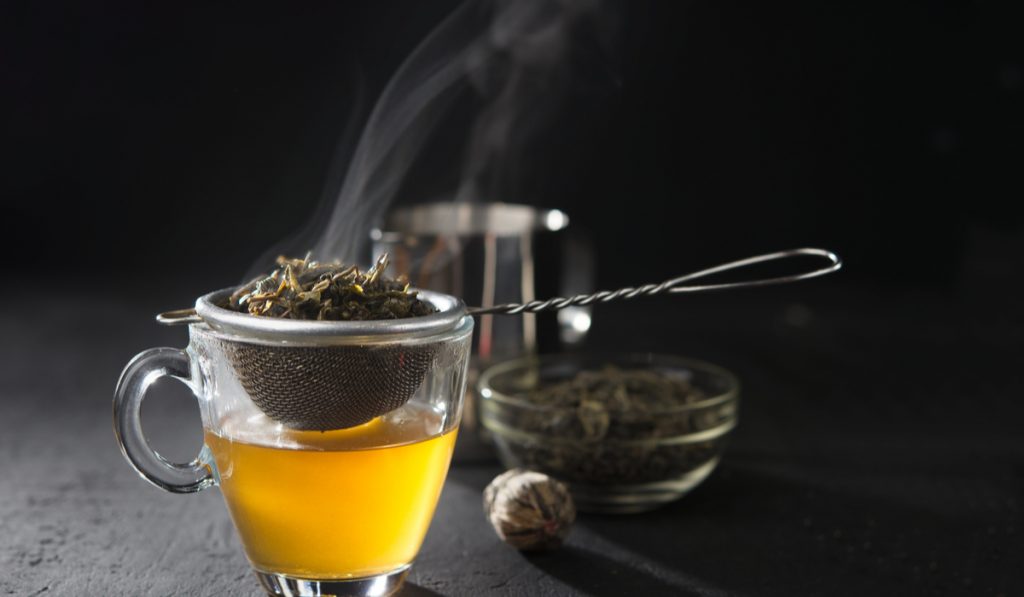
How to Prevent Your Brewed Tea from Becoming Moldy
Prevent your brewed tea from getting mold with the following tips:
1. Do Not Brew Tea from Expired Teabags
Remember that the first reason your brewed tea can become moldy is the presence of fungi spores in the tea leaves or teabags. This means that you are exposing yourself to health dangers by brewing tea with expired teabags.
If your teabags have passed their expiration date, you should not brew them. Instead, get new teabags before you brew.
2. Do Not Store Your Brewed Tea for Later Consumption
If you cannot properly store your brewed tea, you should not make more than you need so that you can store the rest for future consumption. Always brew what you need and dispose of the remnant.
3. Wash Your Cups, Spoons, and Other Utensils Thoroughly
Using contaminated utensils to brew your tea can encourage the growth of mold. Before brewing your tea, wash your cups, spoons, and brewing equipment properly.
You should wash your utensils in clean running water. If possible, rinse them with hot boiling water before brewing tea in them.
4. Do Not Dip Anything Aside from a Clean Spoon into Your Brewed Tea
Do not dip your finger or anything into your brewed tea. There may be spores in foreign objects that you dip in your brewed tea.
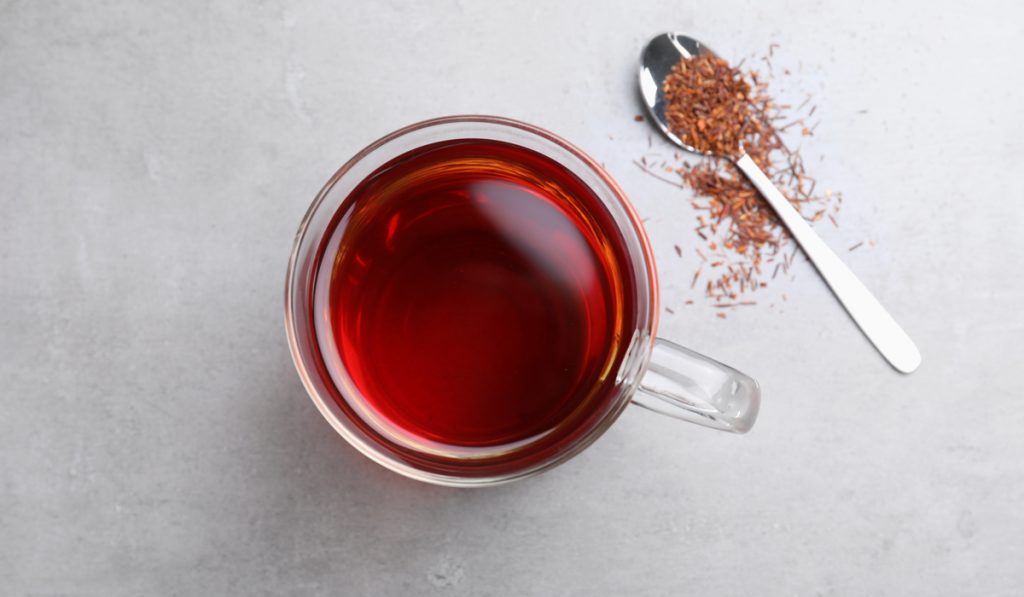
5. Use Less Sugar
So many fungi species grow faster in the presence of more sugars. For example, the Penicillium chrysogenum species grows fast in sugar-rich tea. Remember that fungi in nutrient-rich tea grow faster than those growing in a nutrient-depleted environment. If you must store your brewed tea for future use, you should either not add sugar or use just the minimum amount you need.
Make sure that you prevent your tea from getting moldy with these valuable tips.
Related Questions and Answers
Here are answers to mold and tea-related questions:
1. Can You Drink Moldy Tea?
You should not drink moldy tea. It is not safe. The presence of fungi and bacteria in your tea indicates that your tea is going through the process of decomposition. Decomposition changes the physical, chemical, and biochemical properties of your tea. Decomposing brewed tea with mold can make you sick. You should dispose of your brewed tea if it is moldy.
2. How Long Can You Store Brewed Tea?
The shelf life of your brewed tea depends on how you store it. Your tea can grow mold in as quickly as three days if you do not keep it properly.
Storing it in a refrigerator can increase its shelf life to 5-6 days (make sure that you consume it immediately afterward). If you store your brewed tea in a freezer, however, it can last for as much as six months.
Here’s a storage tip: Keep your brewed tea in the fridge or freezer when it is still hot. Waiting until it is cool before storing it can reduce its shelf life.
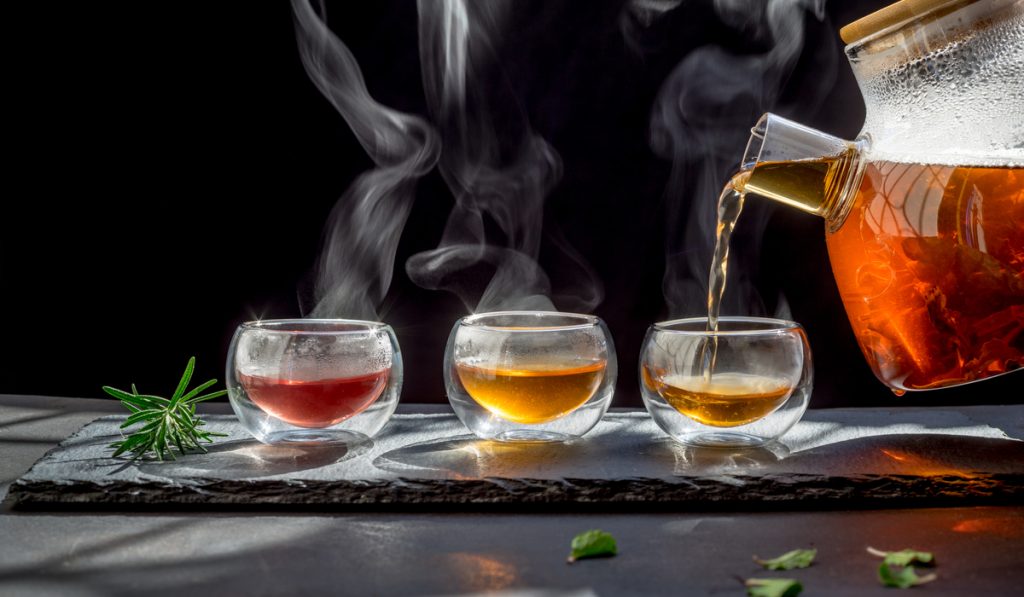
3. How Can You Dispose of Moldy Tea?
Even though moldy tea looks toxic and disgusting, it is entirely safe for the environment. The environment needs moldy tea. Moldy tea is packed with decomposing fungi. Fungi help release the nutrients in your tea back into the environment. This means that you can dispose of your moldy tea in a compost pile, in your garden, on your lawn or in your planters.
You can also dispose of your moldy tea in the kitchen sink. Make sure that you rinse the sink afterward. Also, wash your cup and spoon with hot water.
4. Why Does Tea Get Moldy, But Water Doesn’t?
Tea gets moldy because it is rich in nutrients and it is organic. Pure water does not have any organic matter, nor is it nutrient-rich, which means that fungi will have nothing to act on in pure water.
If you do not keep your water properly, you may expose it to algae spores. These spores are why the water in a glass cup becomes green after some days. Since the water is now organic (i.e., rich with algae), fungi can now act on it.
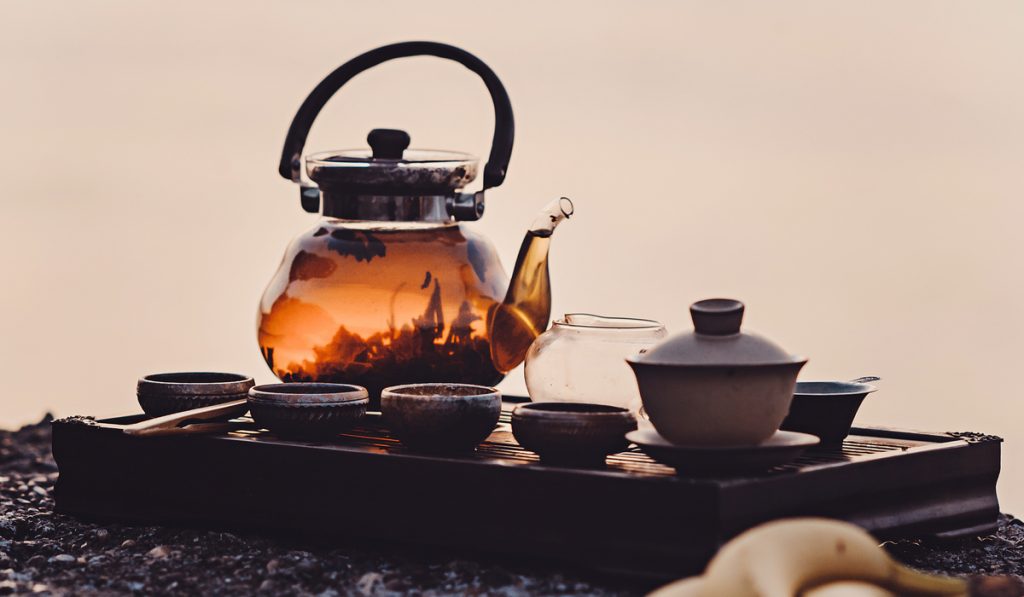
5. What Is the Difference Between Brewing and Steeping Tea?
People sometimes interchange “brewing” and “steeping.” Both words do not have the same meaning. Brewing is the entire process of preparing your teabags or tea leaves into a drinkable liquid. There are several processes involved in brewing.
For example, steeping is a process (among other processes) while brewing tea. Mixing the tea afterward is another process.
Steeping, however, means extracting the nutrients from the tea leaves or tea bags with hot water.
Have you found the answer to your question? Glad that you have.
Final Thoughts
Yes, brewed tea can become moldy. Your tea can get moldy if you do not store it properly or if you brewed it with expired teabags. You should consume your brewed tea quickly or store it properly. You should not drink moldy tea. Dispose of your moldy tea in your sink, compost bin, or garden.

